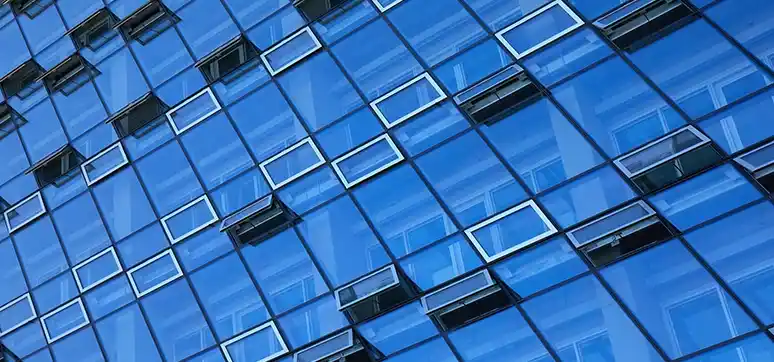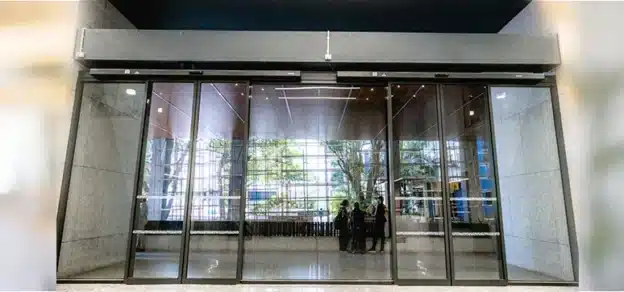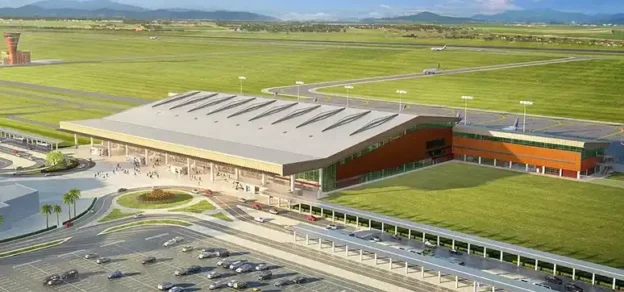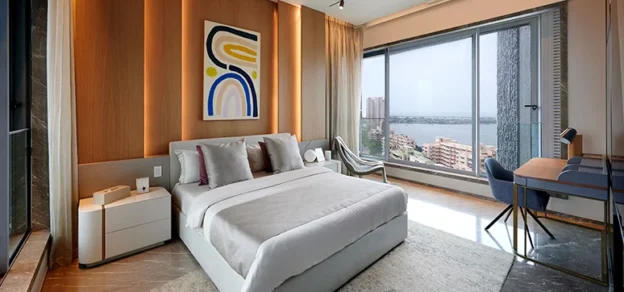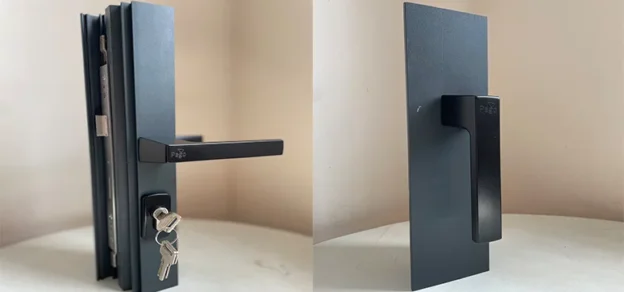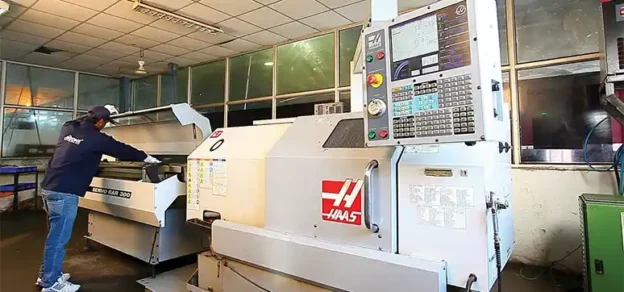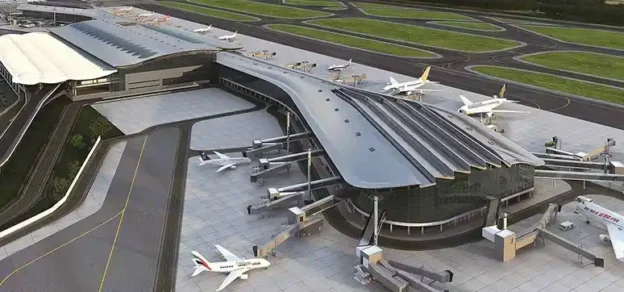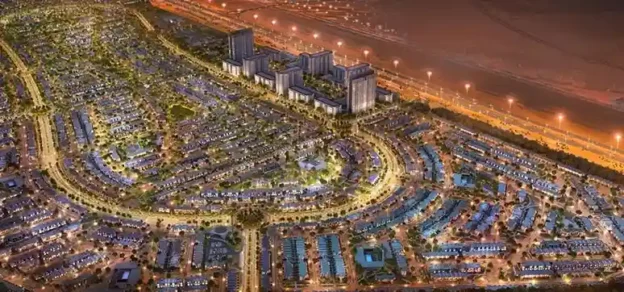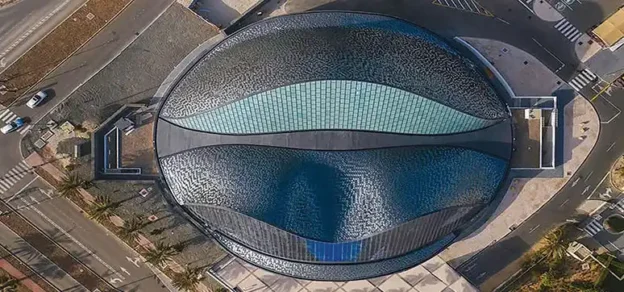As the last World Climate Summit reminds us, the urgency to reduce CO2 emissions has never been so crippling if we want to preserve both our lives and our children’s. As shown by research published by the World Green Building Council, one of the main touchpoints we can focus on at the present moment is the reduction of energy consumption as a means to start making a change that will be effective in the long run.
Why is Natural Ventilation Important?

Buildings need to breathe just like us humans and proving the right type of ventilation is essential to that end. In fact, when it comes to removing stale air and replacing it with fresh air, natural ventilation of buildings is a great option to achieve such results while lowering costs.
As the name suggests, natural ventilation in fact lacks a controlled, mechanical process to ensure that a home or office is consistently ventilated. What you probably didn’t know is that natural ventilation is very important because it also appears to be a great opportunity to reduce CO2 concentration. In fact, experts in green architecture claim that this all-natural system ensures the reduction of air conditioning and mechanical props, thus saving great amounts of energy.
Plus, natural ventilation makes it possible to exploit the night cooling ventilation by automatically operating the windows during the night: the open windows will let all the fresh air flow into your building so that the correct balance between CO2 and oxygen can be assured.
Plus, studies show that air conditioning affects the quality of the environment so people who are exposed to it end up being more prone to stress, burnout, and even diseases such as allergies and air blasts.
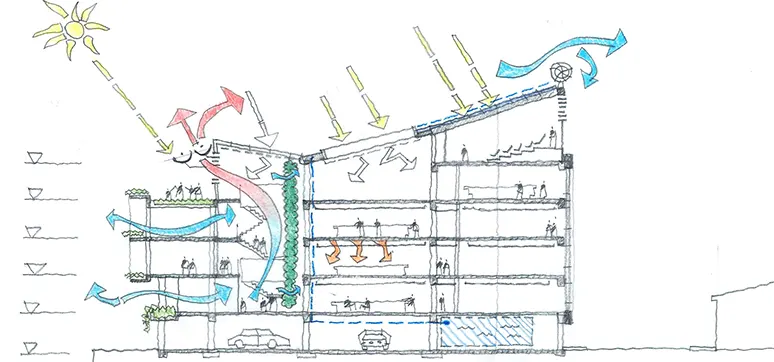
That’s why the reduction of CO2 concentration in buildings has been proven to increase people’s attention and improve their performances on a daily basis and other surveys inform us that around 90% of people are keen to use natural ventilation instead of air conditioning or mechanical ventilation.
Natural Ventilation Advantages and Disadvantages

Further natural ventilation advantages derive from the adoption of systems like window actuators, which can be implemented in a building management system without any additional control panel using communication buses like Modbus RTU, Bacnet, KNX, and others. And what’s more, thanks to the addressable feature, window actuators can be operated by groups following different scenarios according to system integrator settings or end-user needs, it is specifically designed for Green Architecture and energy-saving purposes.
Among such systems, we recall BMSline technology, which allows real-time feedback on the status of each individual window and thanks to its various parameters and features is the ideal option to optimize the saving of energy and the overall well-being of the building. On the other hand, disadvantages of natural ventilation such as air contamination, insect vectors, noise, and security can be easily overcome by using better modelling or mixedmode ventilation.
Natural Ventilation in Commercial and Public Buildings: The Benefits

Talking about the benefits of natural ventilation in offices, schools, hospitals, and public buildings, first and foremost we need to mention energy savings, which can vary and highly depend on the intended use of the building and the climate of the country where it lies. Then again, when using natural ventilation in the aforementioned buildings you will have significantly reduced operating costs when it comes to maintenance and replacement.
Plus, research shows that in naturally ventilated buildings people tend to feel comfortable in the summertime in much warmer temperatures than in mechanically cooled buildings, due to shifting expectations and preferences as a result of occupants having an active role in indoor environment control. Such occupants when working in naturally ventilated buildings also seem to be significantly more satisfied with their thermal environment. Plus, being natural ventilation in buildings regarded as a passive solution, it also suits most standards of the sustainable design field.
Guide to Natural Ventilation in Highrise Buildings

Adopting natural ventilation in highrise buildings has the potential to greatly reduce energy costs, but it has to be done right. When it comes to adopting this system to taller buildings, while it is well acknowledged that natural ventilation allows to lower energy costs, therefore generating savings in the longterm, among developers there is still a perception that both initial construction costs and maintenance costs will be higher.
On the contrary, besides capital cost savings worth 15% as compared to air conditioning, naturally ventilated buildings also substantially save on energy due to lower costs for operating the natural ventilation solution (70 – 90% less), in addition to the qualitative, psychological effects on the building’s occupants. In the case of mixed ventilation mode, integration and total communication are essential between the ventilation system and mechanical/air conditioning system, in order to reduce the power consumed by fans which could represent up to 25% of the total power consumed by the building.
Here is a brief guide to natural ventilation in highrise buildings:
 • After deciding that natural ventilation is the best solution for your building, in order to maximise results, occupants should be allowed to gain control of the operation of windows via local push button or smart
• After deciding that natural ventilation is the best solution for your building, in order to maximise results, occupants should be allowed to gain control of the operation of windows via local push button or smart
• Devices, without forgetting the importance to control the entire system via Building Management System.
 • How does the direct urban microclimate around the site affect directional wind speeds, temperatures, humidity, and seasonal variations? Your location has a great impact on the choice of implementing natural ventilation for your highrise building and that is why you should study in detail (and, if possible, on the field) all aspects of your local climate.
• How does the direct urban microclimate around the site affect directional wind speeds, temperatures, humidity, and seasonal variations? Your location has a great impact on the choice of implementing natural ventilation for your highrise building and that is why you should study in detail (and, if possible, on the field) all aspects of your local climate.
• If there are significant differences between day and night temperatures where you live, you should try night-cooling ventilation able of cooling the building and delaying the activation of the air conditioning in the morning.
 • How impactful is the effect of other surrounding tall buildings on wind and airflow patterns around your building? Keep in mind that the ideal site location has minimal summer wind obstructions from the surroundings.
• How impactful is the effect of other surrounding tall buildings on wind and airflow patterns around your building? Keep in mind that the ideal site location has minimal summer wind obstructions from the surroundings.
• Are you afraid of choosing the best technical solution for window automation? Parallel windows are always the most performing solution for natural ventilation and window actuators and other accessories have to be well-defined during the design stage to grant the right performances against wind load pressure.
Now that you are aware of the best practices when it comes to applying natural ventilation to your project, be it offices or residential, wait no more and let your building breathes!
